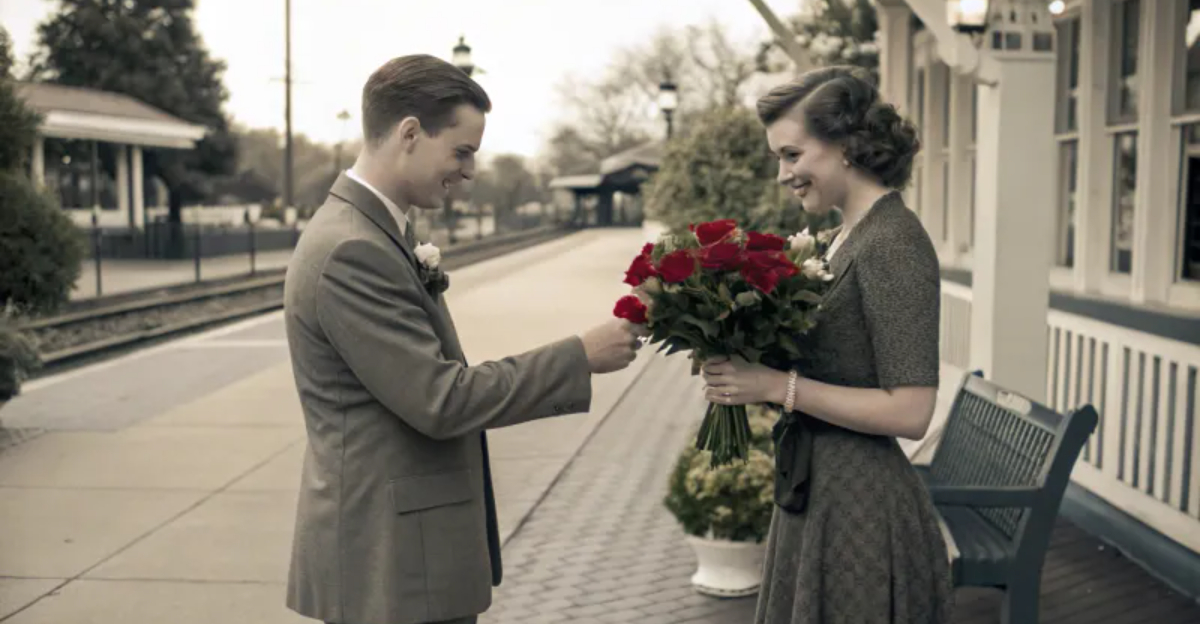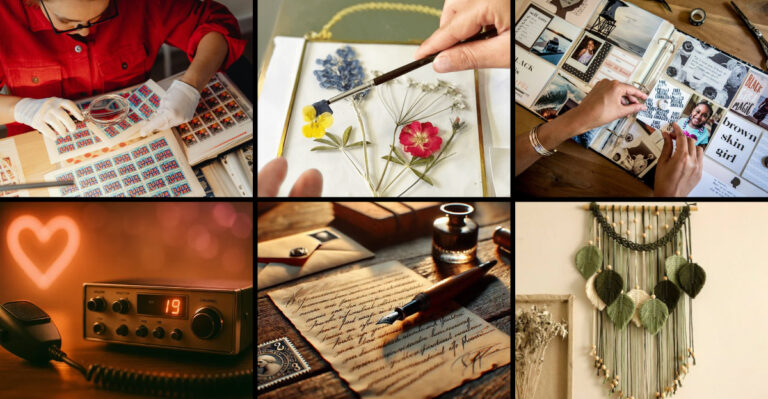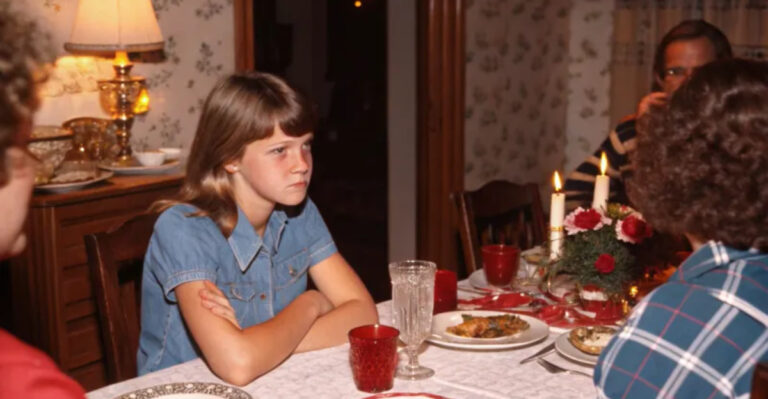31 Reasons Boomers Swear Old-Fashioned Courting Beats Modern Dating Every Time
Ah, remember the days when love was measured in handwritten notes, dinner at a cozy diner, and the thrill of a knock on the door instead of a text?
Boomers often reminisce about the charm that defined their courting days, contrasting it with the rapid, sometimes impersonal nature of modern dating.
It’s like comparing a timeless novel to a trending tweet—both have their merits, but one seems to hold an echo of sincerity that resonates with the heart.
So, let’s go on a nostalgic journey, exploring 31 reasons why Boomers can’t help but believe that the art of old-fashioned courting holds irreplaceable magic.
1. Face-to-Face Communication

Meeting in person was the heartbeat of relationships. Locking eyes, sharing a smile, and experiencing the warmth of someone’s presence made every encounter special. It wasn’t just another appointment squeezed into a packed schedule—it was an event to be anticipated.
Expressions, subtle glances, and unspoken words created a language of their own, something no text message or video call can truly replicate.
In today’s world, much of this intimacy is lost to screens. That’s why Boomers fondly recall a time when direct, heartfelt conversations built the foundation of love.
2. Absence of Ghosting

Back then, ending a relationship required maturity. Conversations—however uncomfortable—were had in person, offering closure and mutual respect.
Avoiding someone wasn’t an option; you had to acknowledge emotions and part ways with dignity. Vanishing without a word wasn’t just uncommon—it was unthinkable.
Today, ghosting has become an unfortunate norm. Boomers value a time when even goodbyes were handled with consideration and grace.
3. Art of Letter Writing
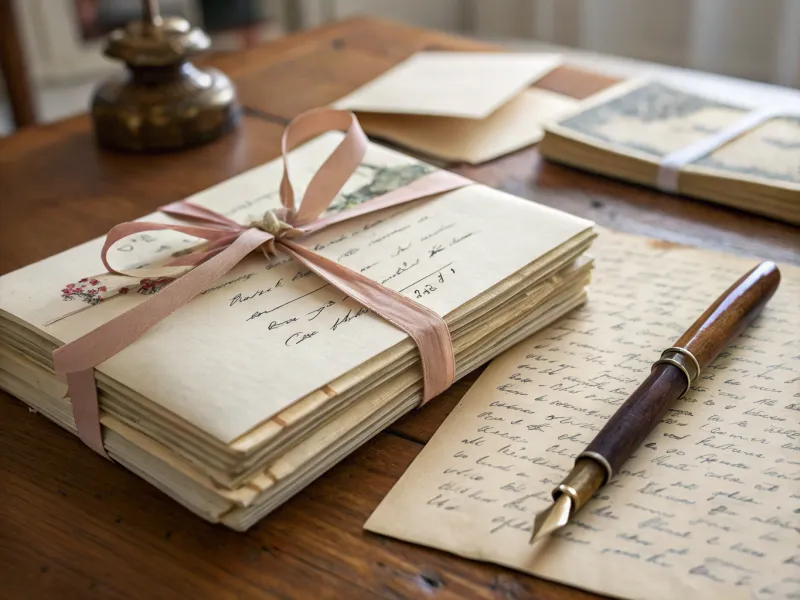
Writing love letters was an art. Every word was carefully chosen, every sentence carried emotion. Unlike today’s fleeting digital messages, letters were tangible expressions of love, cherished and reread for years.
The anticipation of receiving a letter, unfolding the paper, and tracing the ink with your fingertips created an intimacy that instant messaging simply can’t match.
Boomers treasure the era when love was penned with devotion rather than typed in passing.
4. Proper Dates
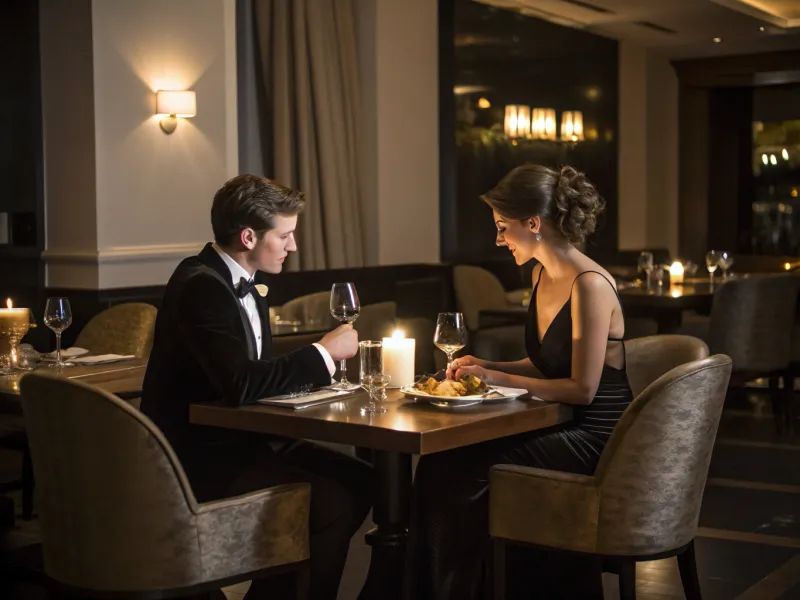
Going on a date meant effort—dressing up, planning something meaningful, and creating an experience to remember. It wasn’t just an impromptu hangout; it was an occasion filled with excitement and intention.
From candlelit dinners to walks under the stars, every outing carried an air of romance. There was a sense of purpose behind each invitation.
Nowadays, casual meet-ups often replace the charm of traditional dating, leaving Boomers nostalgic for the days when courtship felt like an adventure.
5. Family Involvement
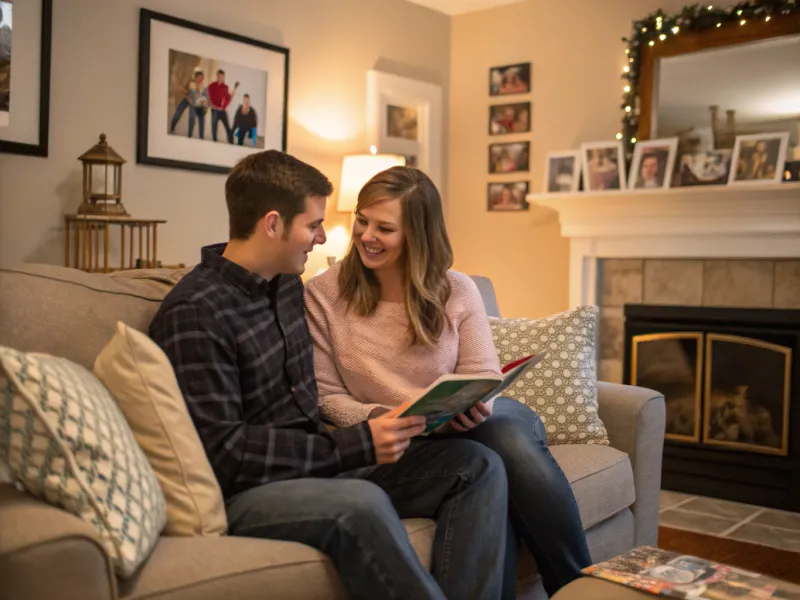
Introducing a partner to the family wasn’t just a formality—it was a meaningful step. It showed commitment, added depth to the relationship, and allowed both sides to understand each other on a deeper level.
Family gatherings provide insight into a person’s values, background, and how they treated loved ones. Relationships weren’t just about two people; they were woven into a larger tapestry of connections.
In contrast, today’s dating culture often keeps families at a distance until much later. Boomers appreciate how early involvement once strengthened relationships.
6. Shared Activities
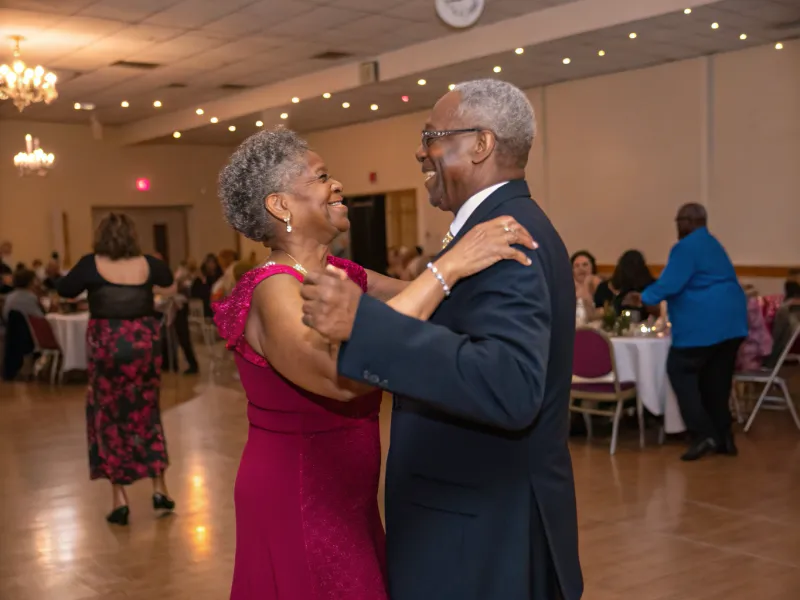
Dates weren’t just about sitting across a table; they were about doing things together—dancing, bowling, attending community events, or taking spontaneous road trips. Shared experiences created deeper bonds and built lasting memories.
These activities revealed different sides of a person—how they handled challenges, celebrated victories, and embraced the simple joys of life.
With modern dating relying heavily on digital interaction, Boomers hold onto the magic of those lively, experience-driven connections.
7. Respectful Courtship
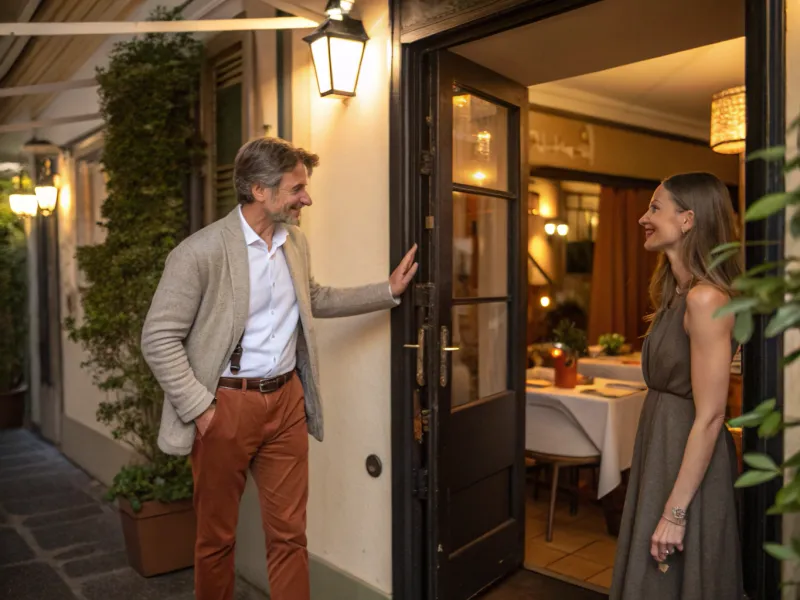
Mutual respect was the foundation of relationships. Thoughtful gestures—like opening doors, offering a coat on a chilly night, or ensuring a safe walk home—weren’t grand acts but small, meaningful ways of showing care.
These unspoken rules of courtesy set a tone of appreciation and attentiveness.
While modern dating norms have evolved, Boomers reflect on a time when respect wasn’t an exception—it was the standard.
8. Clear Intentions
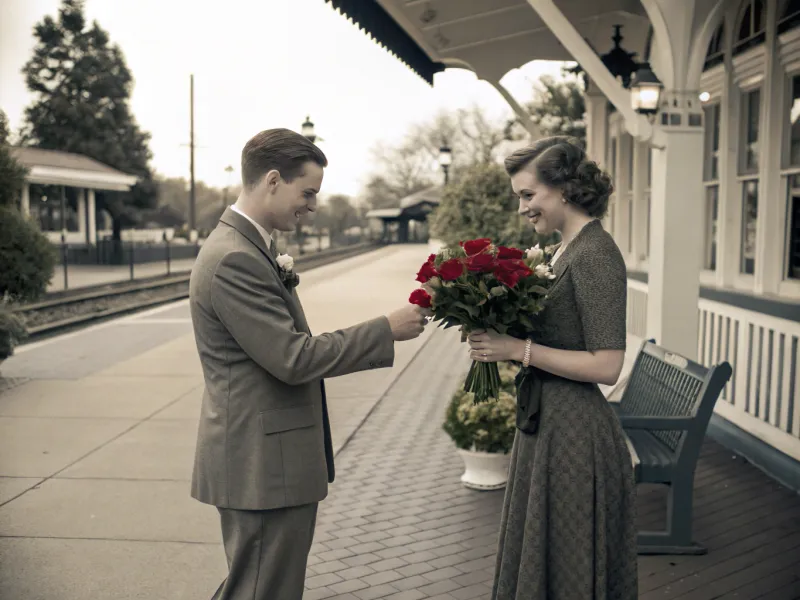
Dating wasn’t a maze of undefined relationships. If you were courting someone, it was understood that you were genuinely getting to know each other with a long-term connection in mind.
There was no confusion between “talking,” “situationships,” or “seeing where things go.” Expectations were clear, reducing misunderstandings and emotional uncertainty.
Today, the lines are often blurred, but Boomers fondly remember a time when love had a clear direction.
9. No Pressure of Social Media
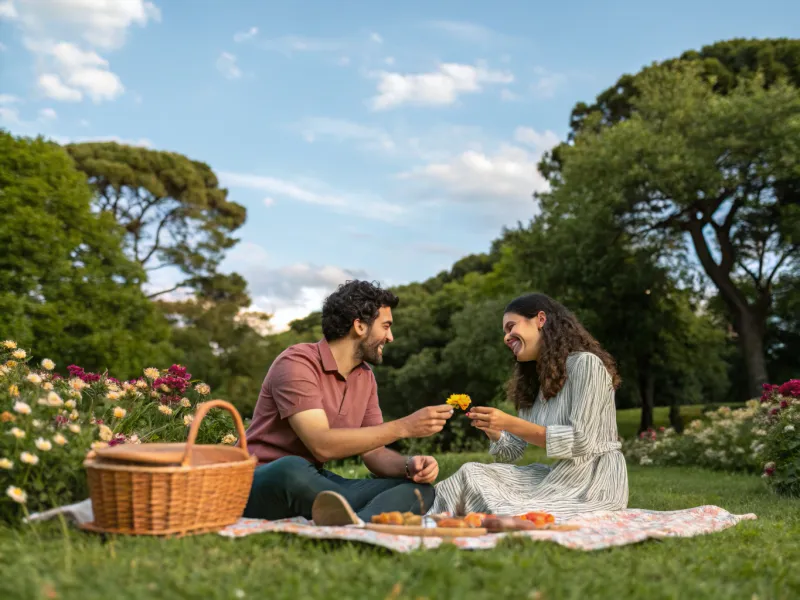
Without social media, relationships thrive in private. Love wasn’t about online validation—it was about the moments shared between two people, unfiltered and free from external influence.
There was no pressure to craft the perfect post, seek approval through likes, or compare relationships to curated images. Love grew at its own pace, away from the public eye.
Boomers appreciate the simplicity of a time when affection was expressed in real life, not just on a screen.
10. Reliance on Personal Interaction
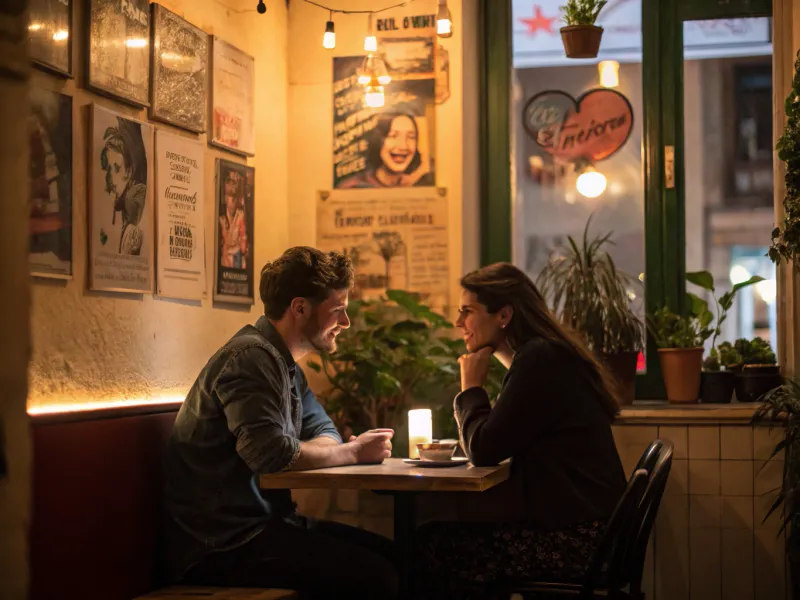
Communication meant talking—truly talking. You couldn’t rely on emojis or vague texts to convey feelings. Words had to be spoken, emotions had to be expressed, and understanding came from listening and observing.
This emphasis on direct, meaningful interaction strengthened emotional connections. You learned to read tone, interpret body language, and engage with sincerity.
In a world where digital messages dominate, Boomers treasure the days when conversations carried depth, warmth, and genuine engagement.
11. Value of Patience

Patience was woven into the fabric of romance. From waiting for a letter to arrive to anticipating the next date, everything moved at a natural pace, allowing emotions to develop organically.
There was no rush to fast-forward through milestones. Each phase of the relationship unfolded with its own rhythm, deepening connections through time and shared experiences.
Today’s dating culture often prioritizes speed, but there was something special about savoring every moment and letting love grow at its own pace.
12. Intentional Conversations
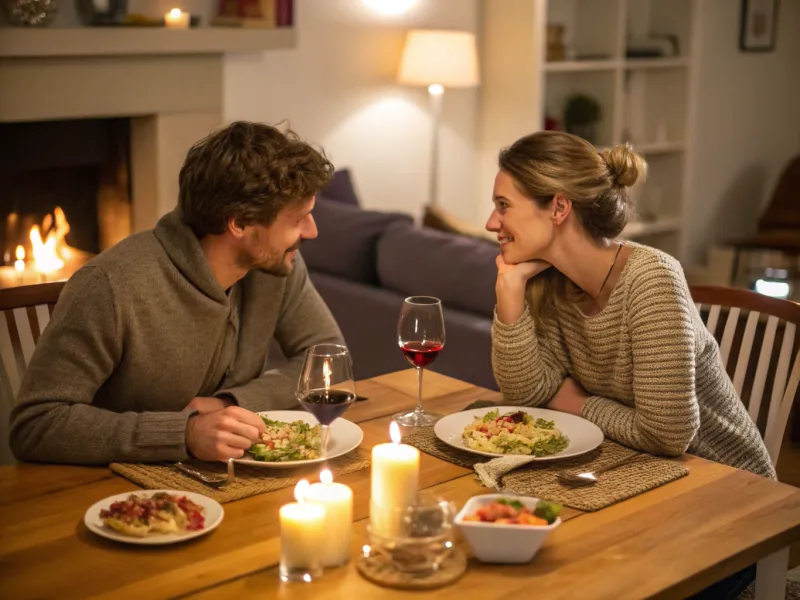
Every conversation had purpose. Instead of just filling silence, people engaged in deep discussions about dreams, values, and aspirations.
Talking wasn’t just about exchanging words—it was about truly listening and understanding. Couples built connections through thoughtful dialogue, learning what truly mattered to each other.
Now, quick texts and surface-level chats often replace meaningful exchanges, leaving little room for the kind of conversations that strengthen relationships.
13. Expression Through Gestures

Romance wasn’t limited to verbal declarations. Thoughtful gestures—like a handwritten note, a carefully chosen gift, or a spontaneous visit—spoke volumes.
These small acts carried genuine effort, making them deeply personal and meaningful. Affection was woven into everyday moments, rather than just grand statements.
While digital communication makes things more convenient, a simple emoji can’t quite capture the depth of a heartfelt, tangible gesture.
14. Community-Centric Dating
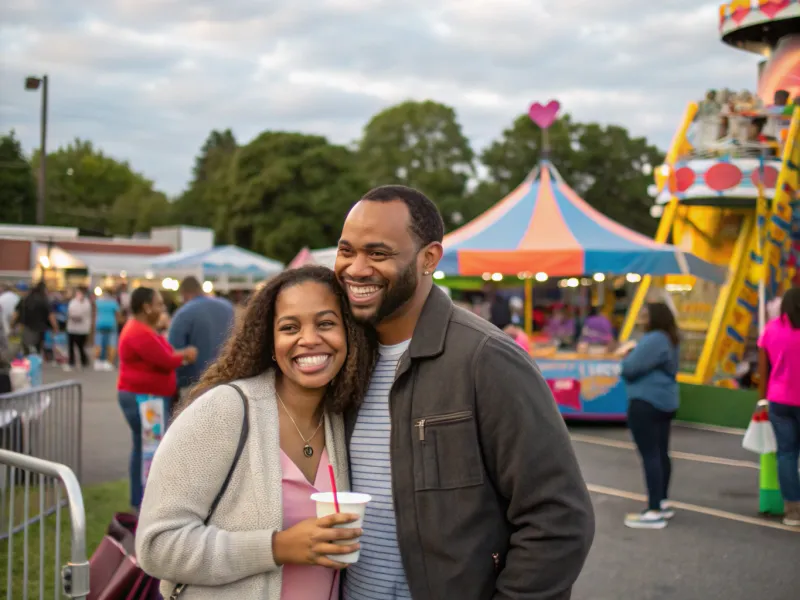
Romance didn’t exist in a vacuum—it thrived with the support of friends, family, and neighbors. Whether it was attending local dances, church gatherings, or hometown fairs, relationships grew in shared social circles.
This communal environment provided a sense of belonging and accountability, where couples weren’t just individuals in love but part of a larger, connected world.
With dating now often happening in private or online, the influence of the community in shaping relationships has faded.
15. Appreciation of Simplicity
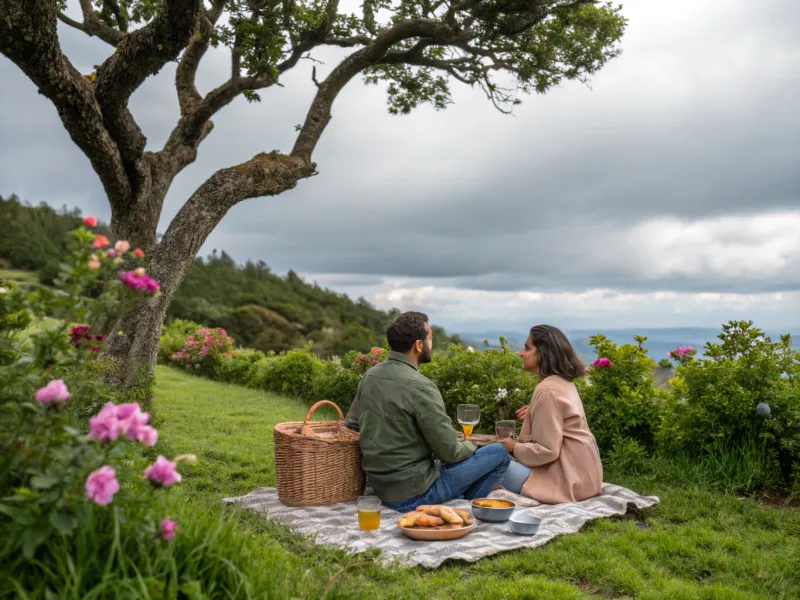
Grand gestures weren’t necessary to make love feel special. A slow walk, a shared milkshake, or a long conversation under the stars held all the magic in the world.
It was never about extravagant plans but about enjoying each other’s company. The simplest moments became treasured memories, proving that love isn’t measured by luxury but by connection.
In contrast, today’s dating culture often emphasizes lavish experiences, sometimes overlooking the beauty of effortless togetherness.
16. Defined Relationship Pathway
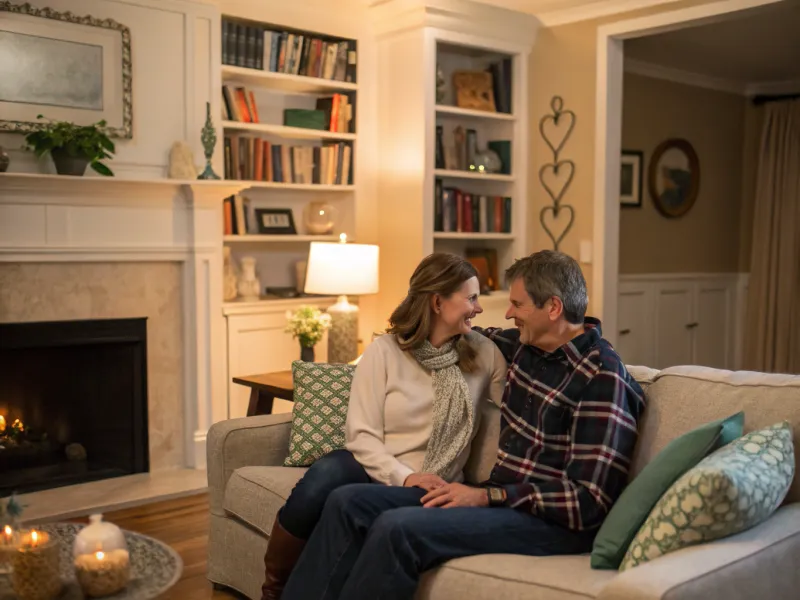
There was an understood progression in relationships—dating led to commitment, which led to marriage and building a life together. While every couple moved at their own pace, there was a shared understanding of what each stage meant.
This clarity provided stability, reducing confusion about where things were headed. Each step carried a sense of intention, making relationships feel secure and purposeful.
Now, with undefined labels and shifting expectations, relationships can sometimes feel ambiguous, leaving many wondering where they truly stand.
17. Emphasis on Compatibility
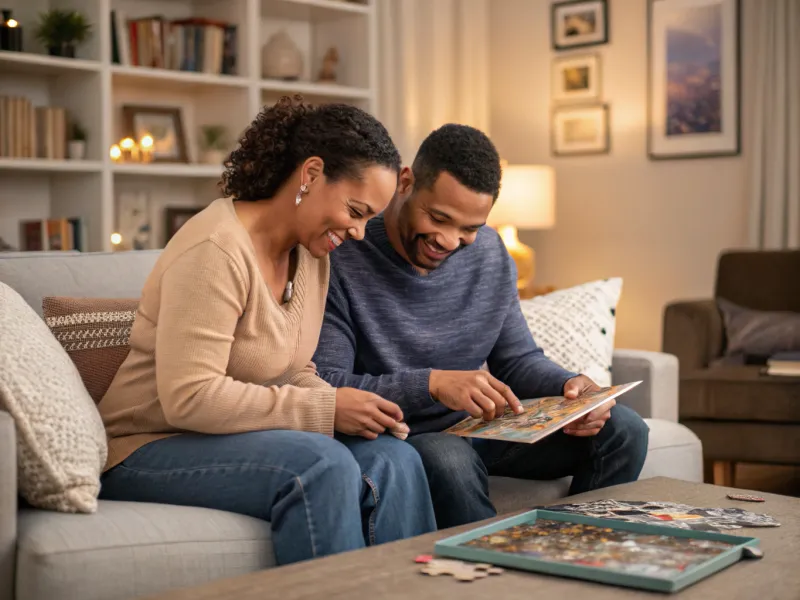
Attraction wasn’t the sole foundation of a relationship—compatibility played a crucial role. People took time to explore shared values, goals, and long-term visions before making commitments.
Rather than swiping based on a few photos, partners discovered each other through meaningful interactions, ensuring they aligned in ways that mattered.
With modern dating often prioritizing instant chemistry, the deeper exploration of true compatibility sometimes takes a backseat.
18. Rituals and Traditions

From formal introductions to meaningful courtship rituals, traditions added depth to relationships. They provided structure, turning love into something that was not just felt but honored and celebrated.
These customs weren’t just formalities—they built a sense of continuity and commitment, making each relationship feel like part of a larger story.
As dating norms have shifted, many of these traditions have faded, but their impact on love and commitment remains undeniable.
19. Respect for Personal Space
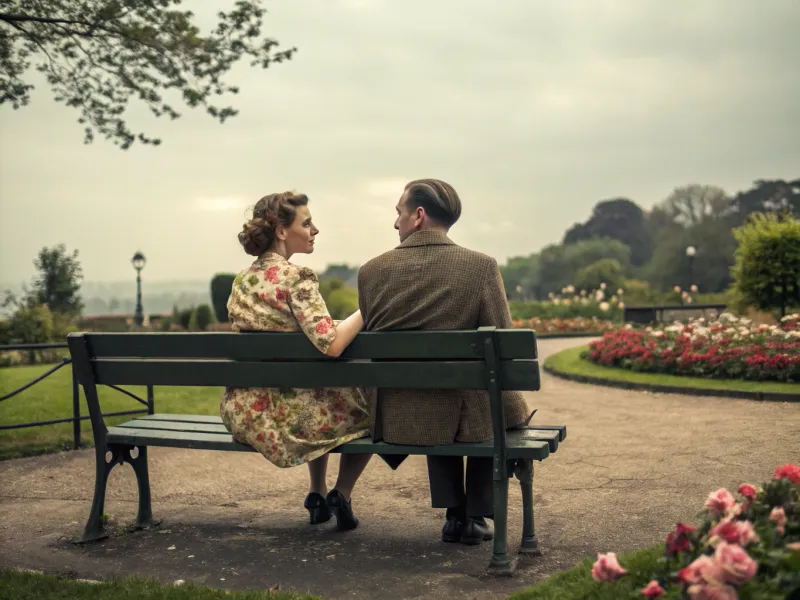
There was a strong emphasis on personal space and mutual respect. While love was deeply valued, individuality was never sacrificed.
Partners understood the importance of giving each other room to grow, and maintaining independence while still being part of a loving relationship.
Today, with constant digital connectivity, boundaries can sometimes blur, making it harder to cultivate that balance between closeness and personal freedom.
20. Long-Term Thinking

Dating wasn’t just about the moment—it was about building a life together. Couples approached relationships with a sense of long-term commitment, planning for a future that extended beyond fleeting excitement.
Decisions were made with consideration for stability, shared goals, and the desire to grow as partners. Love was seen as a foundation, not just a passing phase.
With today’s fast-paced dating culture, the emphasis on long-term planning can sometimes feel secondary to immediate gratification.
21. Limited Distractions
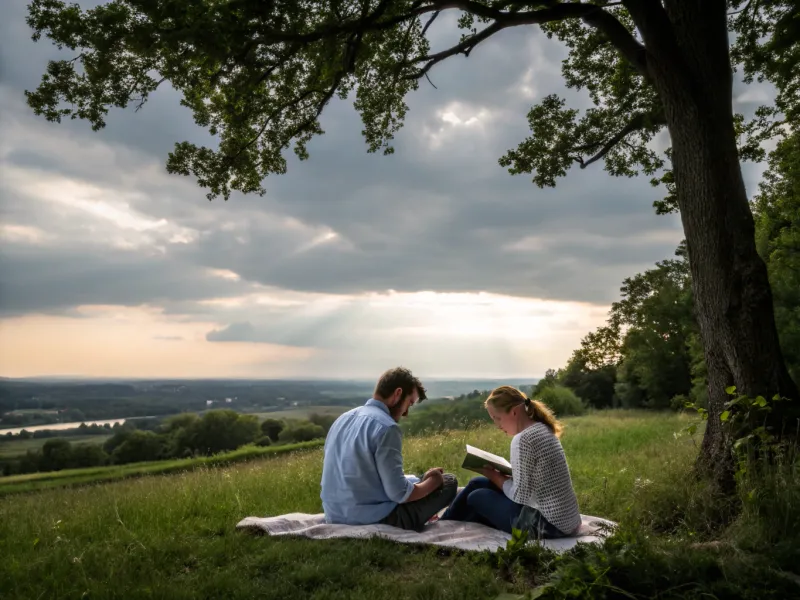
Without the constant buzz of digital devices, courting had fewer distractions. You could focus entirely on each other, with conversations uninterrupted by notifications.
This lack of distraction allowed for deeper connections, where you could be fully present in each moment together.
Boomers appreciate this undivided attention, feeling it contributed to the strength and intimacy of their relationships.
22. Shared Milestones
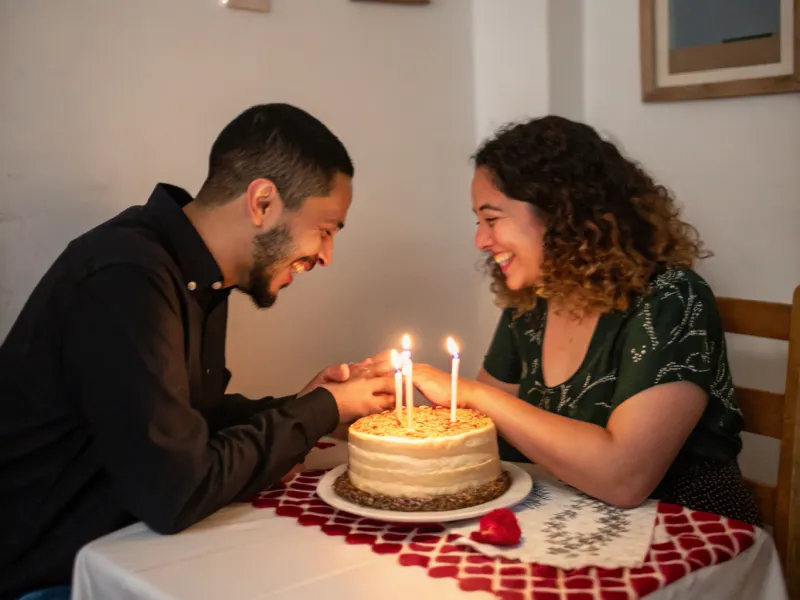
Every relationship had defining moments—first dates, anniversaries, and shared achievements were treasured and acknowledged with thoughtful gestures. These milestones weren’t just dates on a calendar; they symbolized growth, commitment, and the journey a couple was taking together.
Each celebration reinforced the bond, creating cherished memories that added meaning to the relationship. While modern dating sometimes moves too fast to fully appreciate these moments, they once served as markers of love’s progression.
23. Bonding Over Challenges

Facing difficulties together wasn’t seen as a burden but as a natural part of a relationship’s evolution. Whether it was resolving a disagreement or navigating life’s obstacles, couples leaned on each other, learning resilience and teamwork.
Challenges weren’t seen as reasons to walk away but as opportunities to grow stronger as a unit. Love wasn’t about avoiding hardships but about standing together through them.
In a time where convenience often takes priority, the ability to weather storms as a couple is a quality that carried relationships forward.
24. Appreciation of Quiet Moments

Not every interaction needed to be filled with words or distractions. Simply being in each other’s presence—sharing a peaceful evening, watching the world go by, or enjoying a comfortable silence—was its own kind of intimacy.
These moments weren’t about grand declarations but about feeling understood without the need for constant conversation. The quiet in between was just as meaningful as the laughter and deep discussions.
With today’s fast-paced communication, those pauses for reflection and presence can feel rare, but they once played a crucial role in strengthening emotional bonds.
25. Importance of Friendship

A lasting relationship wasn’t just built on passion; it was rooted in genuine friendship. Couples took time to truly know one another, sharing interests, inside jokes, and everyday joys before anything romantic took shape.
This strong foundation of companionship ensured that love wasn’t fleeting—it was grounded in mutual respect and trust. Romance could ebb and flow, but the friendship remained a steady constant.
In a world where relationships can sometimes be rushed, prioritizing friendship created a level of understanding that stood the test of time.
26. Respecting Differences
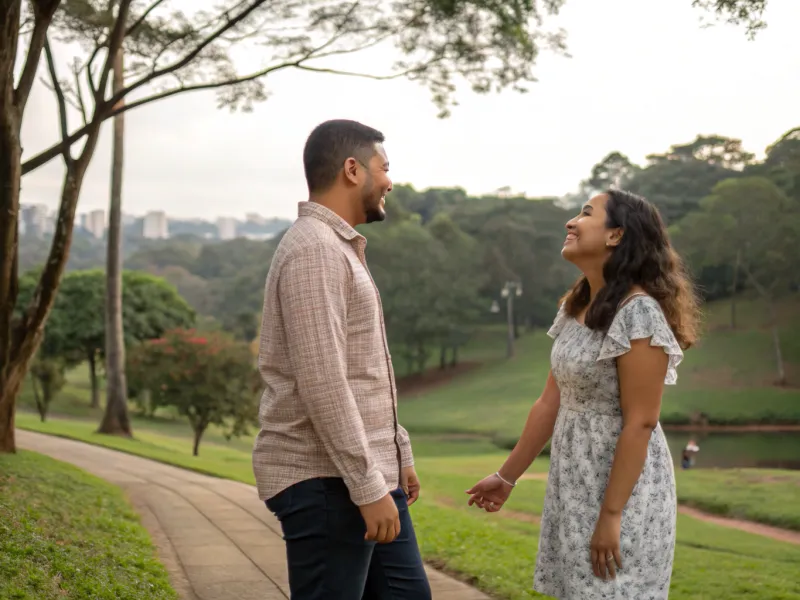
Rather than seeking perfect alignment in every belief and preference, couples appreciated what made each other unique. Courting was about discovering differences, learning from them, and allowing them to enrich the relationship.
Partners didn’t just tolerate contrasts in opinions or hobbies; they valued them, seeing them as opportunities to grow and broaden their perspectives.
In modern dating, where compatibility is sometimes reduced to a checklist, the ability to respect individuality made relationships stronger and more fulfilling.
27. Honesty and Transparency

Trust was built on honesty. People spoke their minds, expressed their intentions clearly, and valued transparency in their relationships. There was little room for mind games or mixed signals.
Open conversations created a sense of security, where both partners knew they could rely on each other’s sincerity. Clarity in communication eliminated unnecessary guesswork and fostered deeper emotional trust.
In a dating culture where ambiguity can sometimes be the norm, straightforward honesty was the glue that kept relationships strong and unwavering.
28. Building a Legacy
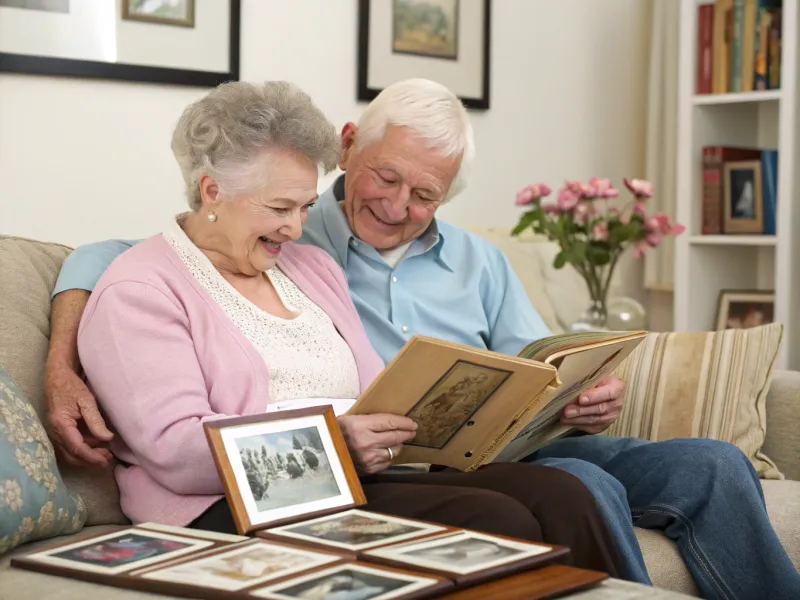
Love wasn’t just about the present—it was about building something that would stand the test of time. Every decision, every shared experience, contributed to a bigger picture: a life built together, a story worth telling.
Relationships carried a sense of purpose, where couples envisioned growing old side by side, passing down stories of their journey to future generations. Love was seen as more than just companionship; it was a legacy to be honored.
This depth of commitment ensured that relationships weren’t just lived in the moment but shaped with the future in mind.
29. Enduring Bonds
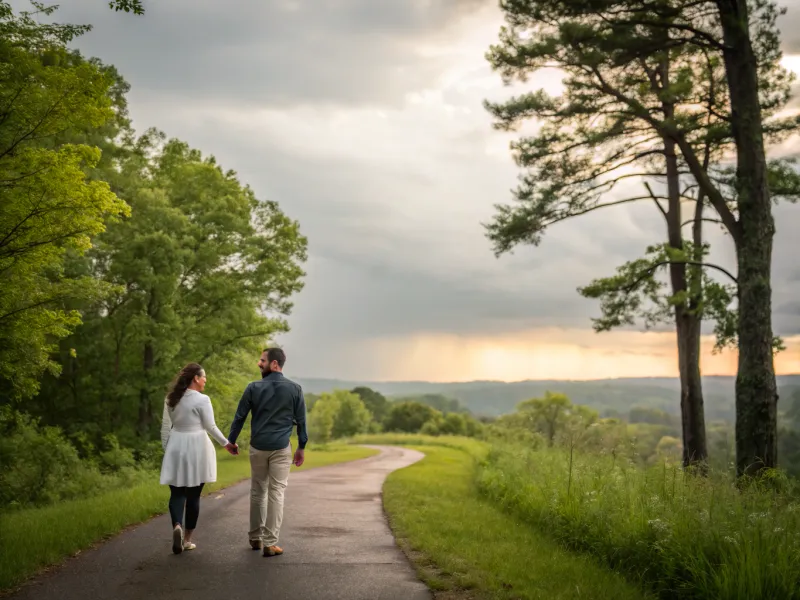
Relationships weren’t fleeting—they were designed to last. Bonds were built with care, strengthened by shared memories, mutual respect, and unwavering commitment. Love wasn’t disposable; it was nurtured through the years.
Even through life’s ups and downs, relationships endured because they were grounded in something deeper than temporary excitement. The connection ran too deep to be easily broken.
In a world where relationships can sometimes feel uncertain, the kind of love that lasted through decades is a testament to devotion, patience, and the true meaning of commitment.
30. Courting Built Emotional Intimacy First

Boomers often remember a time when relationships started with emotional connection rather than physical chemistry. Courting was about slowly peeling back the layers—getting to know someone’s heart, hopes, and character before rushing into anything else.
It wasn’t about instant gratification; it was about meaningful conversations, shared values, and the steady building of trust. This emotional intimacy became the bedrock of long-lasting relationships.
Today, with swipe culture and fast-paced dating, that deep foundation can sometimes be overlooked. But Boomers cherish a time when love took root in the soul first.
31. Commitment Was the Default, Not the Exception

Back then, dating wasn’t a revolving door of options. If you were seeing someone, the goal was often clear: to build something real and lasting. Commitment wasn’t something to be feared—it was expected, even respected.
People invested time and energy because they genuinely wanted to create a future together. It wasn’t about keeping options open; it was about choosing someone and showing up for them day after day.
Boomers value that sense of loyalty and intentionality—a far cry from the swipe-left culture that can make love feel temporary. For them, commitment wasn’t rare; it was the rule.

